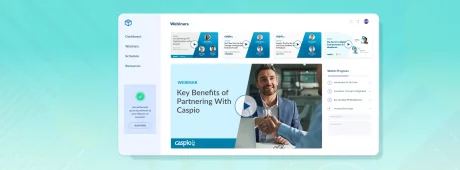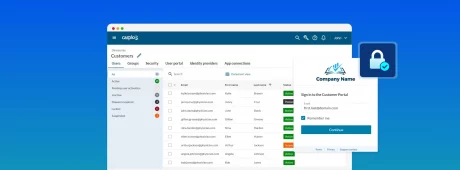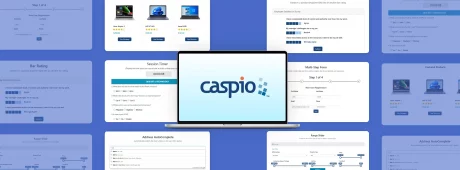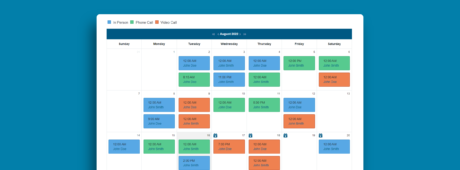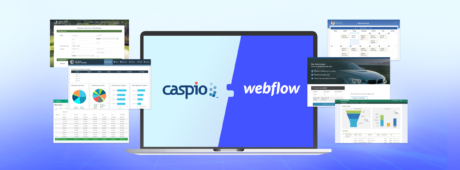Bring Your Cloud Data to Microsoft Excel Using Caspio
July 8, 2016
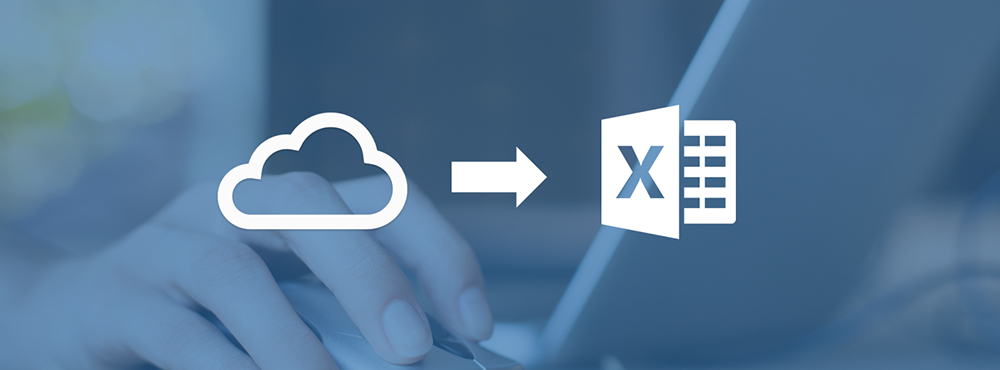
At many companies, Microsoft Excel is still the most common tool to work with data. While employees appreciate Excel for its ease-of-use and versatility, cloud applications are achieving what Excel can’t – transforming daily operations by automating processes and ensuring secure access to real-time information.
Caspio provides a low-code application platform for creating cloud applications with little to no coding. Using an intuitive visual application builder, you can create forms, reports, and sophisticated applications that streamline data management and business workflows. Meanwhile, Caspio securely hosts the data in a centralized online database that is fully accessible to you whenever you need to work in Microsoft Excel for quick data manipulation or analysis.
Here are five ways Caspio makes it easy bring your cloud data into Excel:
1. Instant Data Download
In any Caspio report, you can enable a data download link to allow your end users to view the data in Excel. The download can be configured to include the entire data source or just the matching records from an ad hoc search or predefined criteria on the report. You can also define which fields to include, the file name and format of the download file, as well as the maximum number of records that can be downloaded.
2. Microsoft Office Plugin
Using Caspio’s Microsoft Office Plugin, you can easily connect your Caspio cloud applications to your local Microsoft Excel program. The plugin is a great way to quickly bring live data to your computer for data tasks best done locally. The source of your data will always be in your Caspio database, but the Excel file can be refreshed automatically based on a recurring schedule if you choose.
3. On-Demand Import/Export
You can export data from your Caspio account at any time in several formats including Microsoft Excel, CSV, TXT, Access, and XML. Additionally, you can easily re-import data edited in Excel back into your Caspio account using the guided Import Wizard to append or replace tables, or selectively update only the records that changed.
4. DataHub Scheduled Tasks
If you’re frequently moving Excel data between Caspio and other systems, you can streamline the process using Caspio DataHub, which automates data import and export using recurring tasks that you schedule. Caspio DataHub supports common data storage repositories such as Microsoft OneDrive, Google Drive, Box, Dropbox, Amazon S3, FTP, and HTTP sites.
5. Integration with Zapier
Caspio’s integration with Zapier allows you to set up triggers between Caspio and over 5,000 programs and online services such as Google Apps, CRM systems, email marketing programs, and SMS services. Specifically, you can use Caspio and Zapier to automatically update your Excel spreadsheets hosted on Microsoft OneDrive whenever a new record is added, updated, or deleted in your Caspio database.
While Caspio makes it easy to bring data into Microsoft Excel, there is still good reason to keep the number of different copies of your data to minimum. In a previous article, we examined Excel’s lack of security, reliability, traceability, and scalability.
Regardless, people still love Excel and it will likely remain a popular program. That’s why Caspio provides a range of options to simplify processes between Excel and your cloud applications. Request a free project consultation with a product expert to discuss how Caspio can help you improve your data management.





